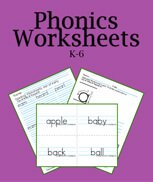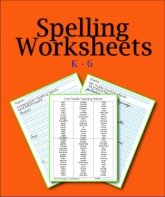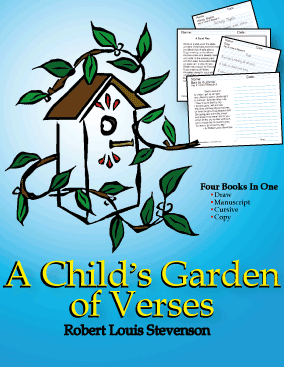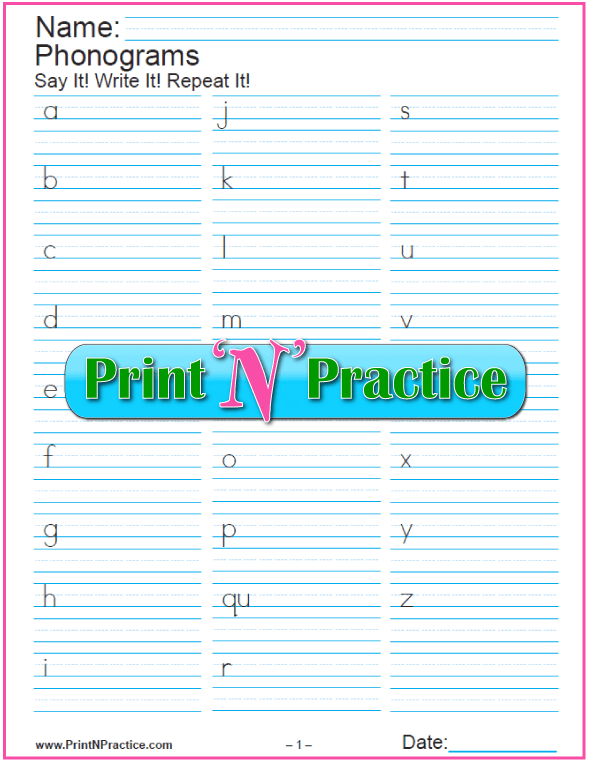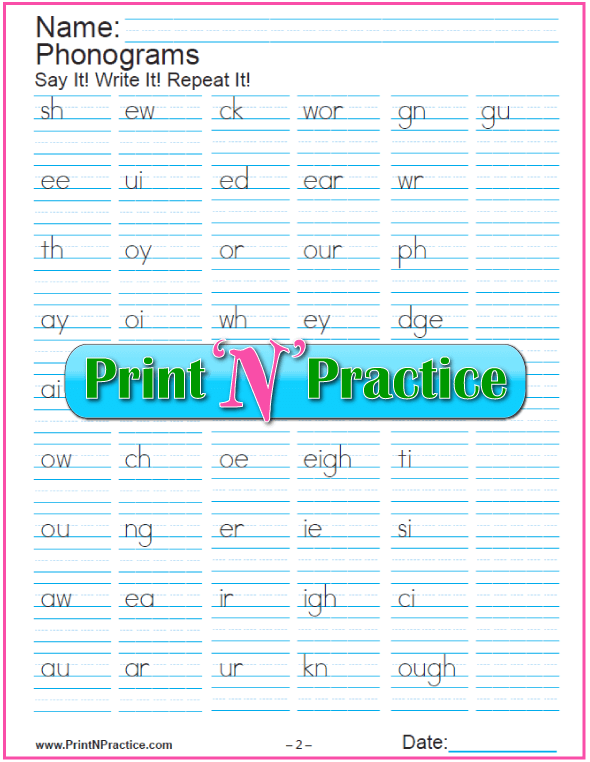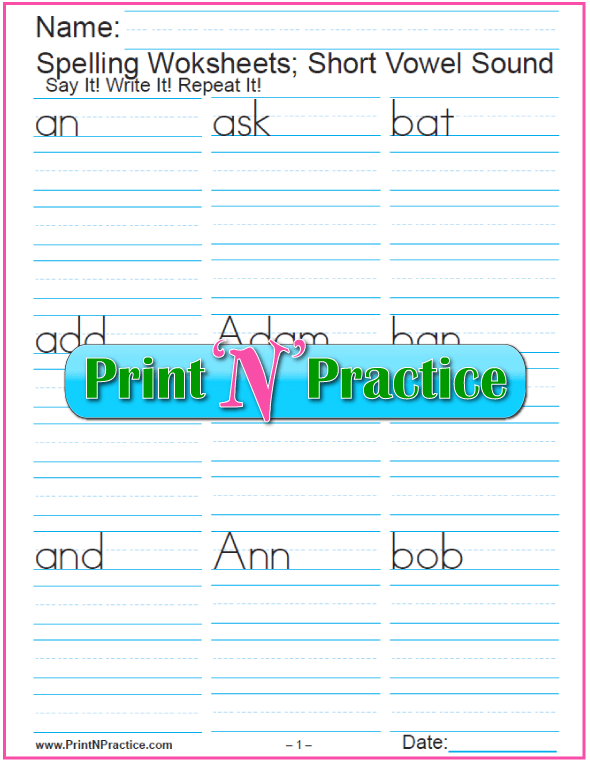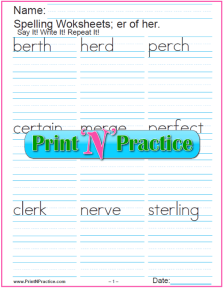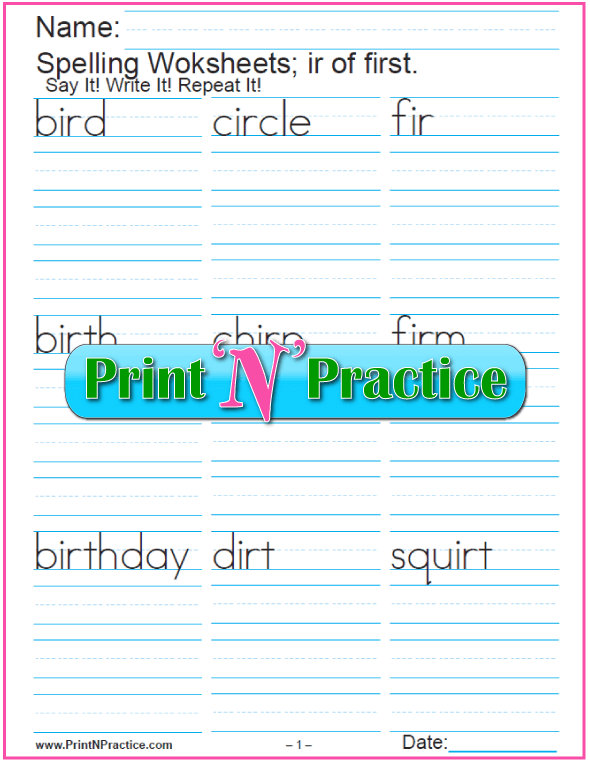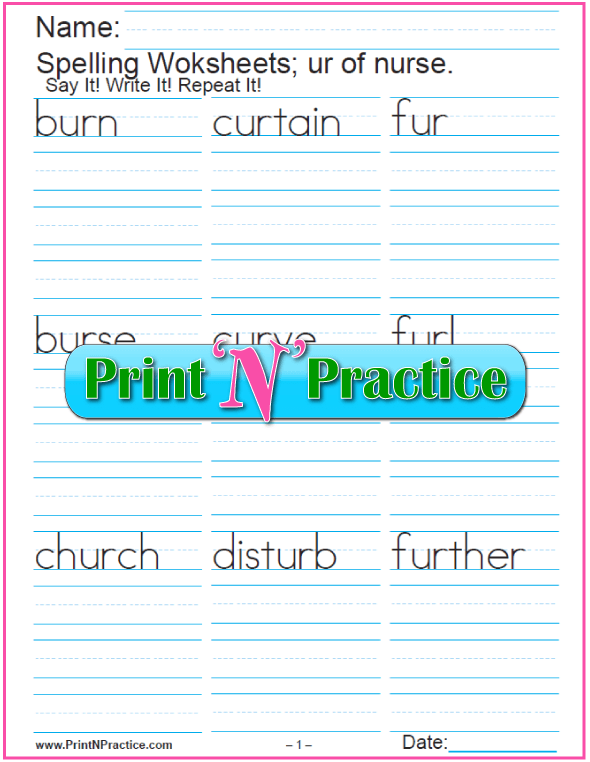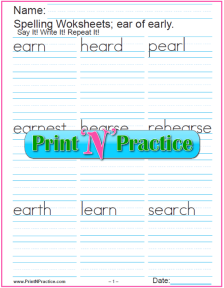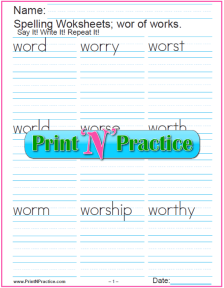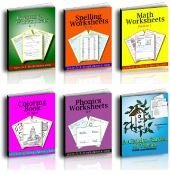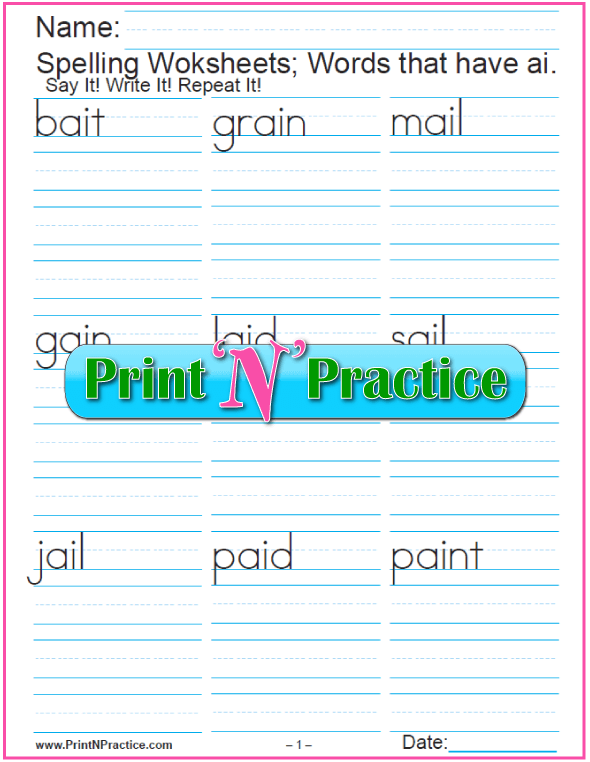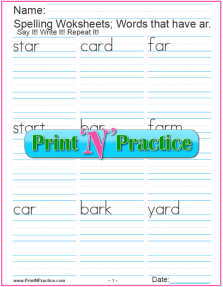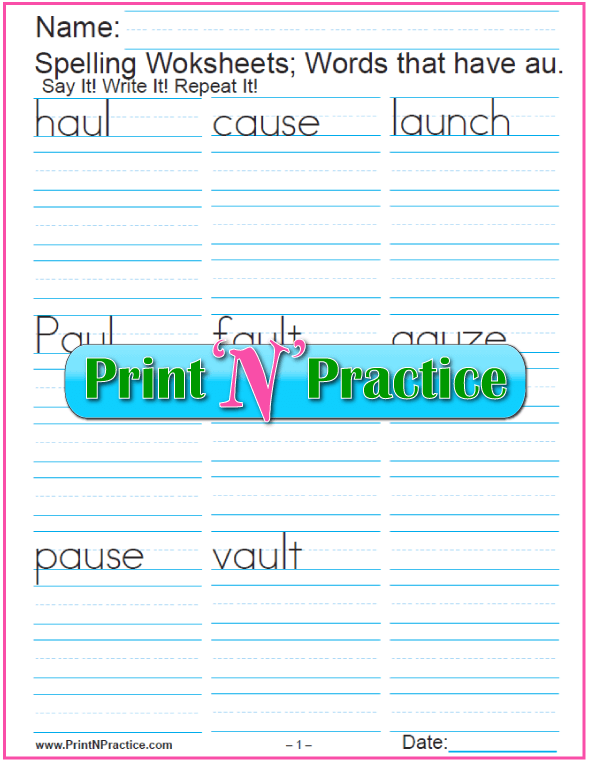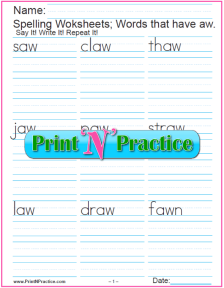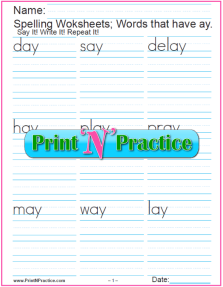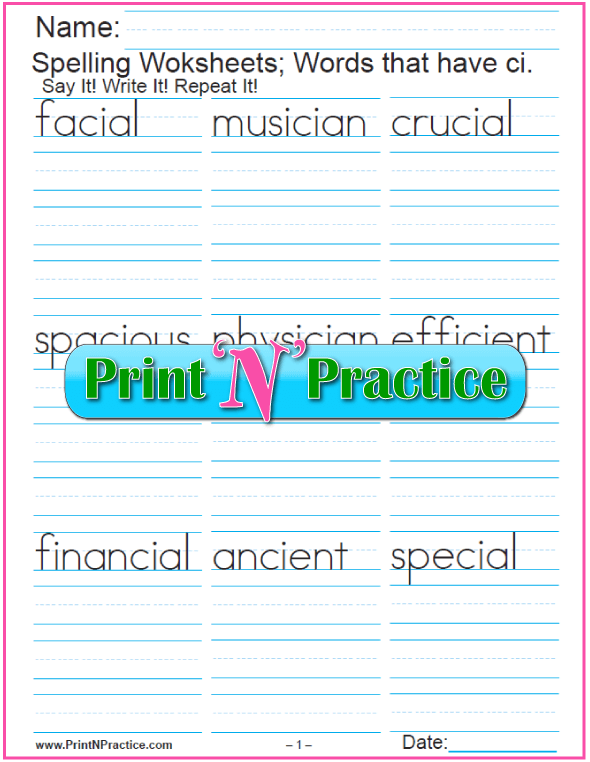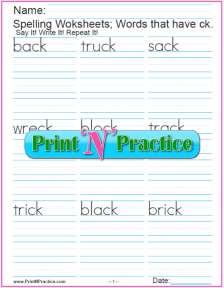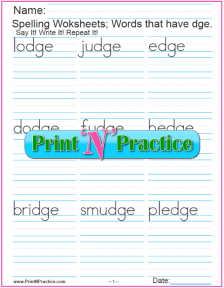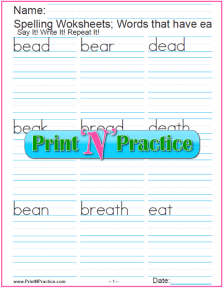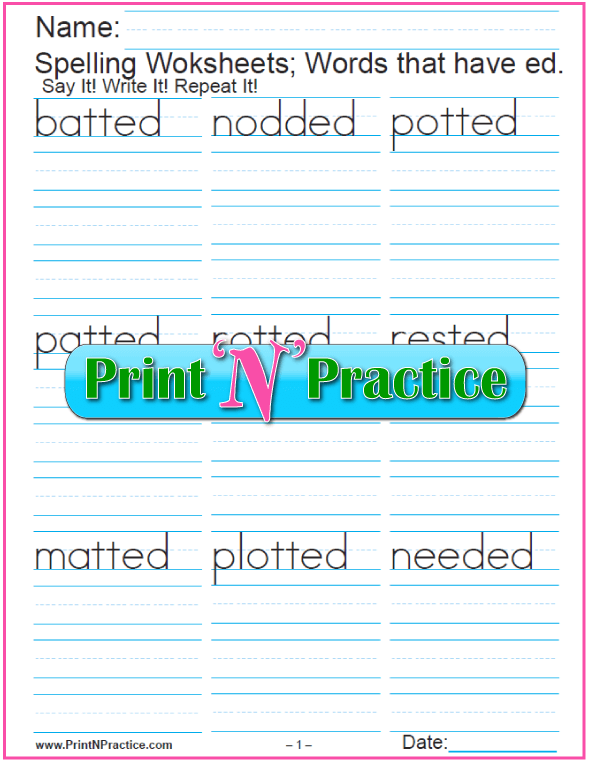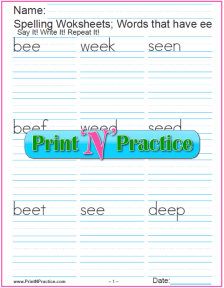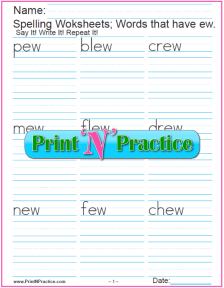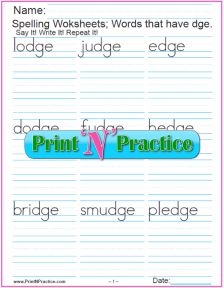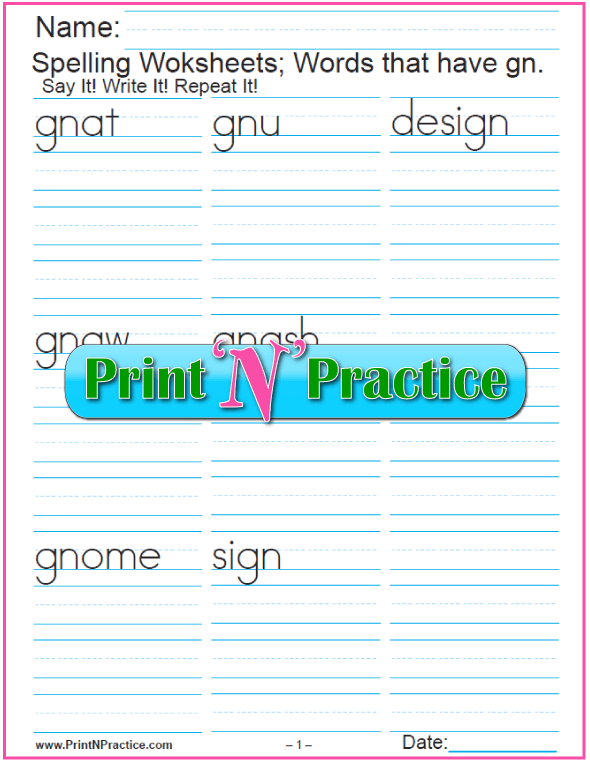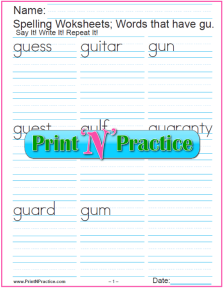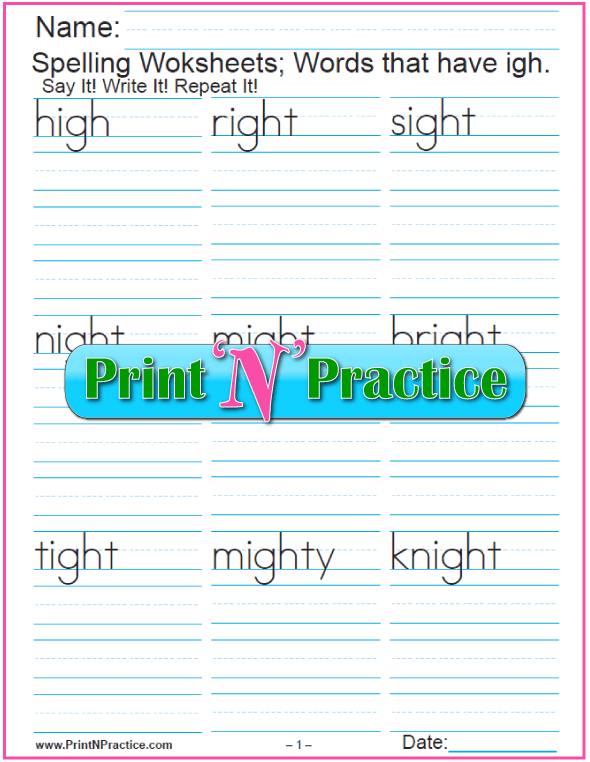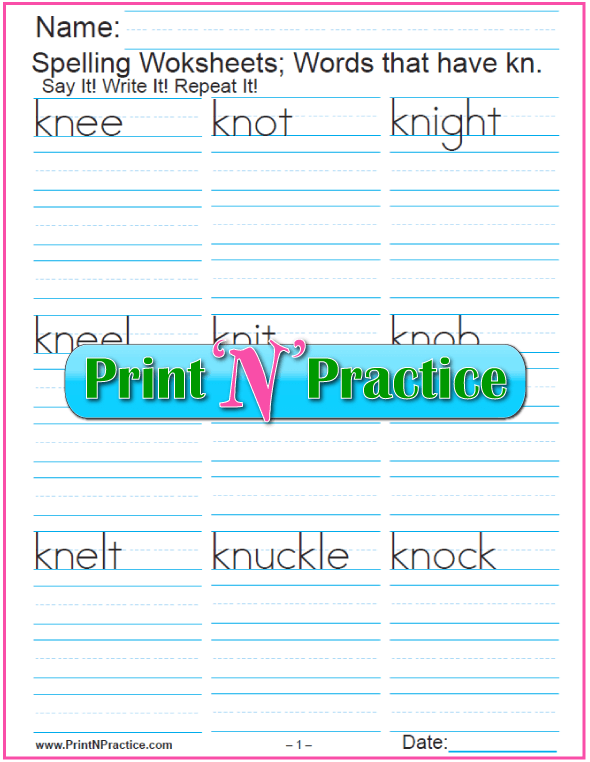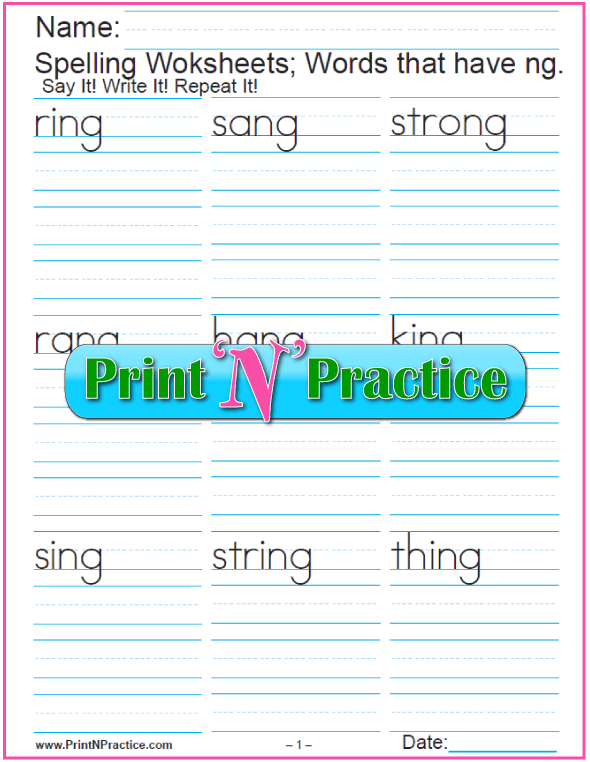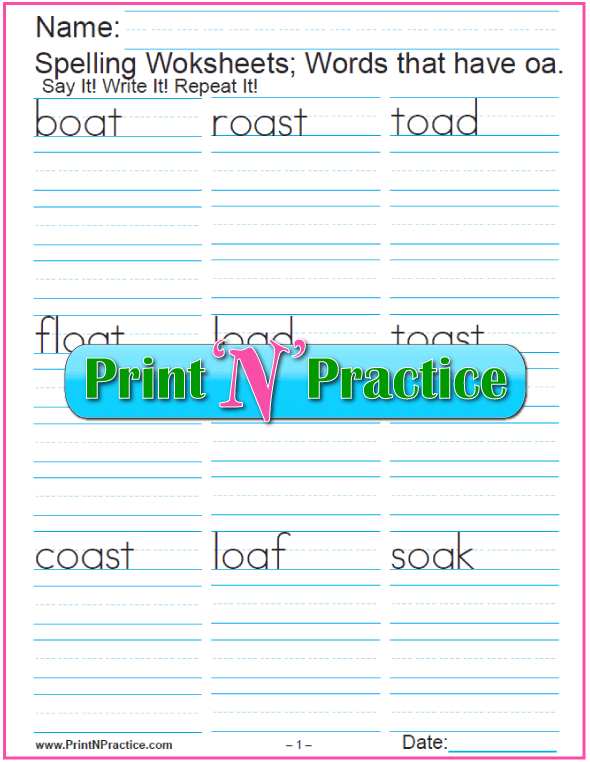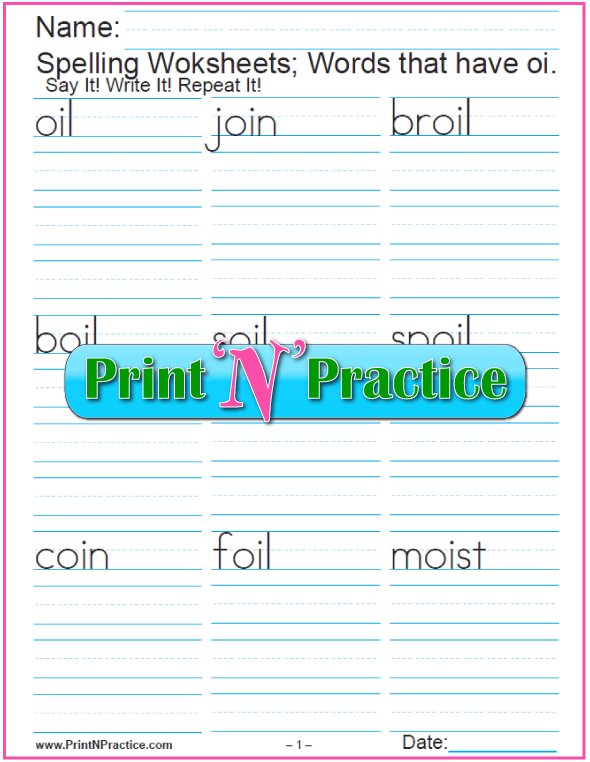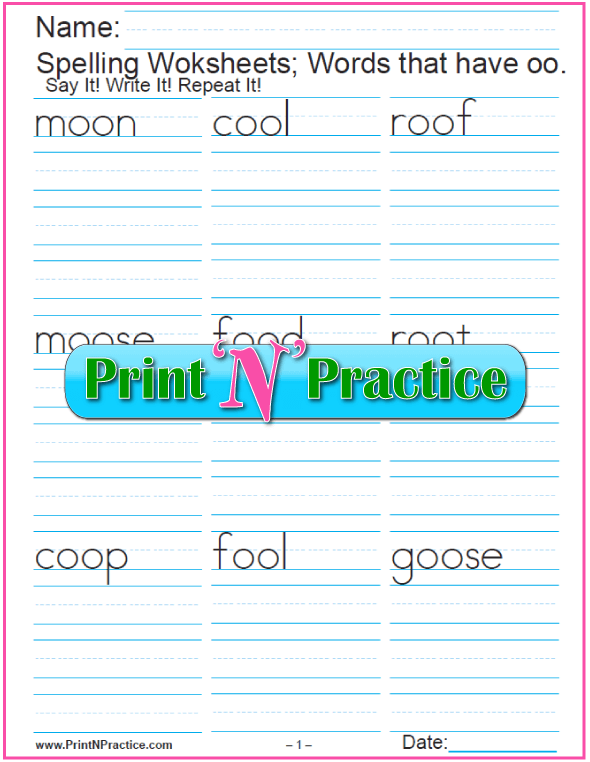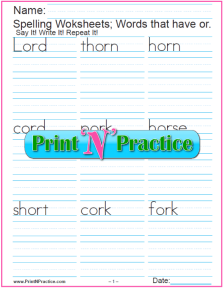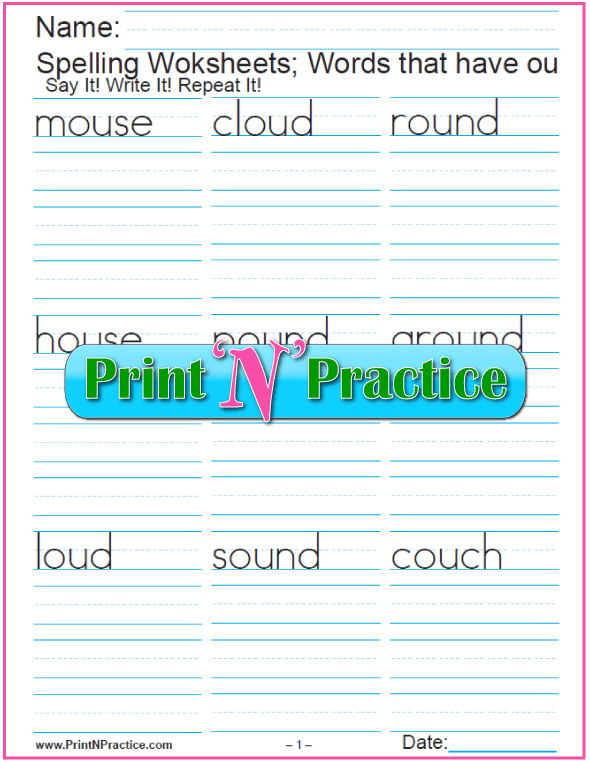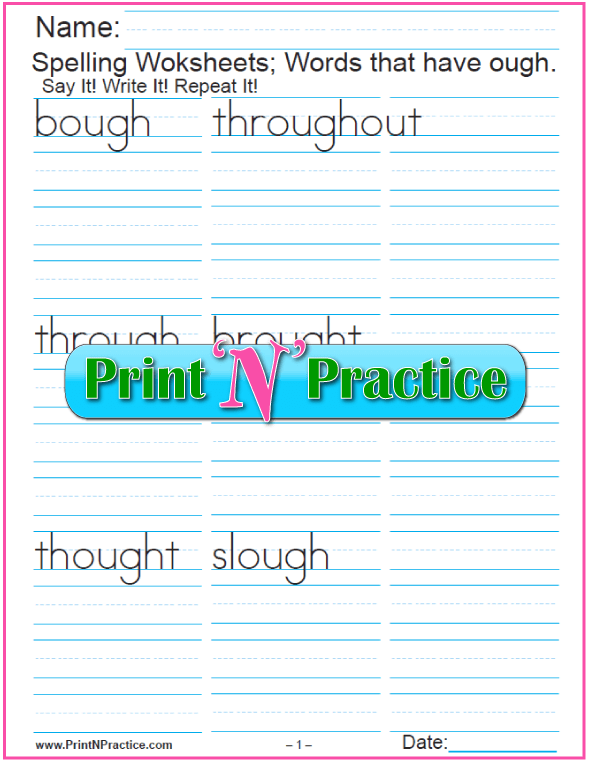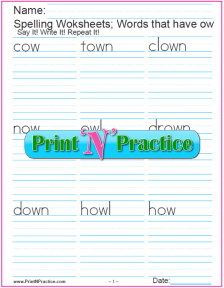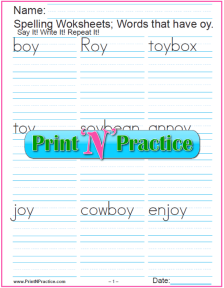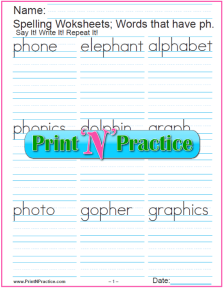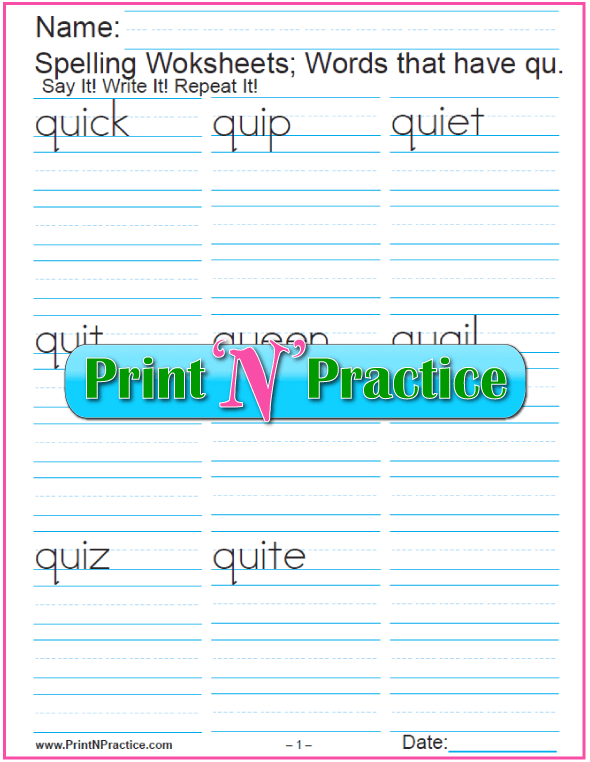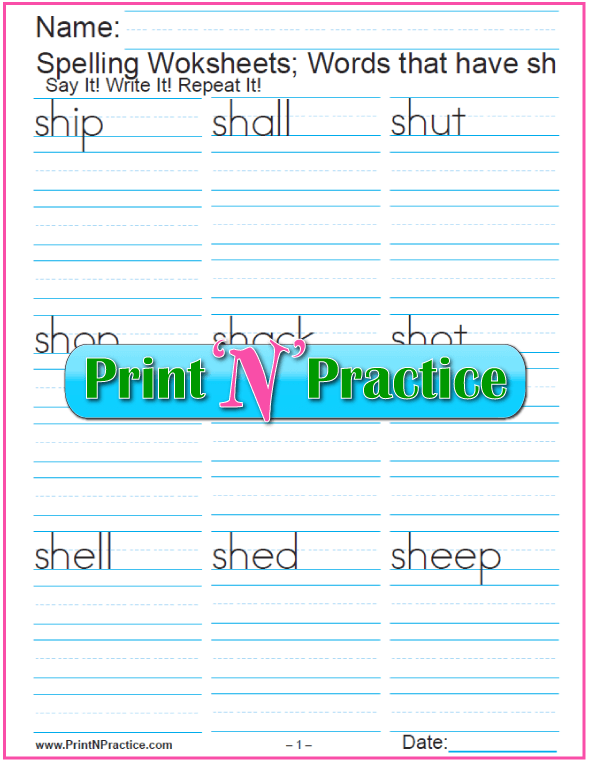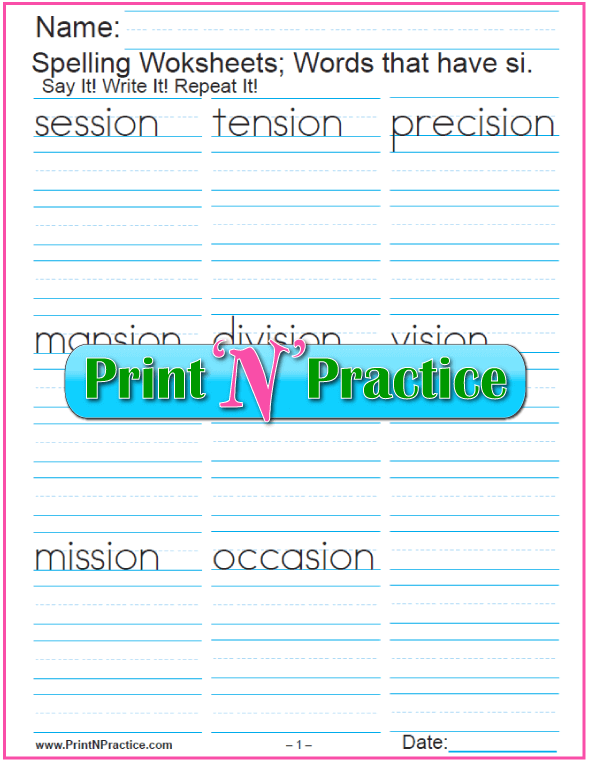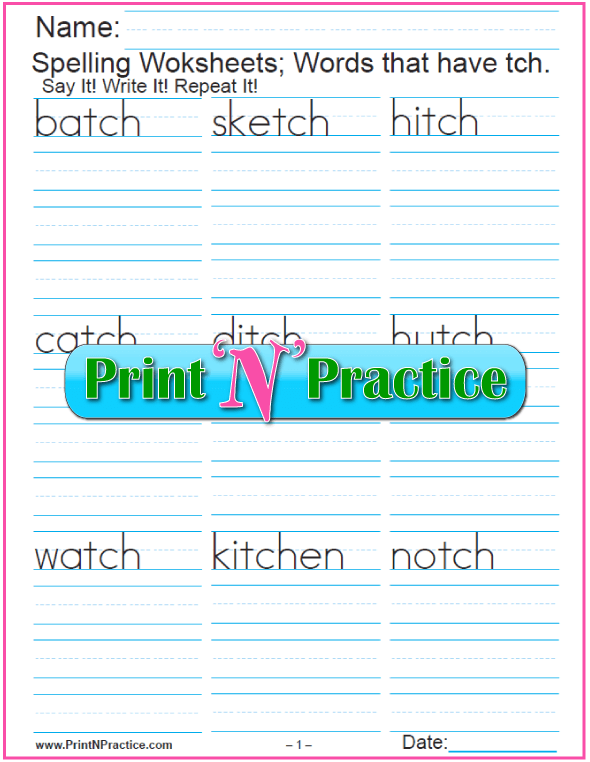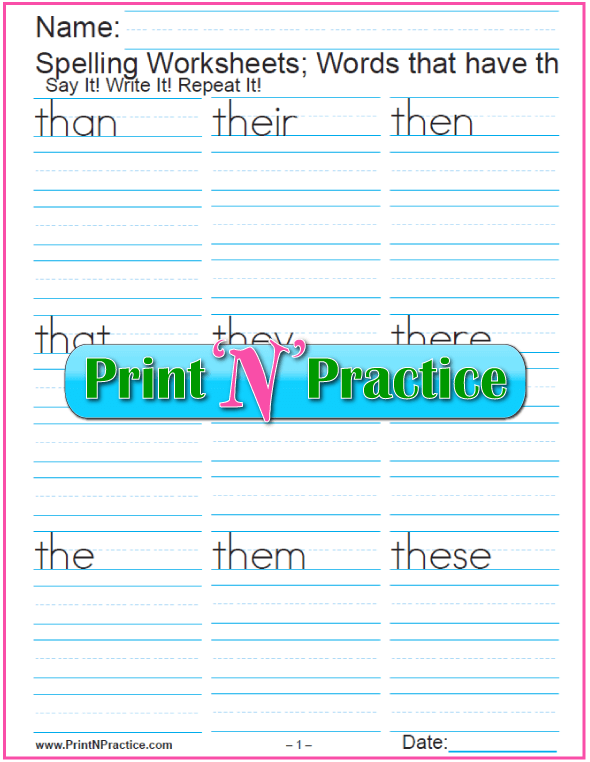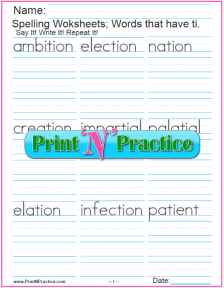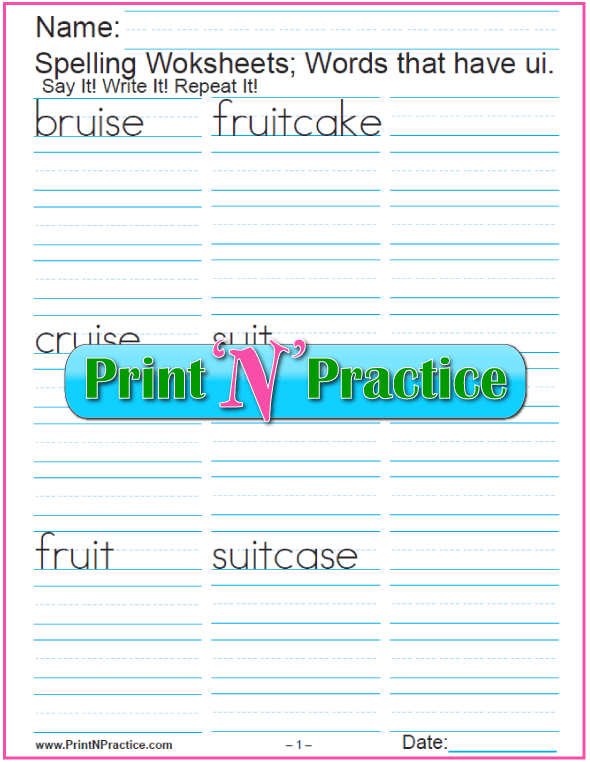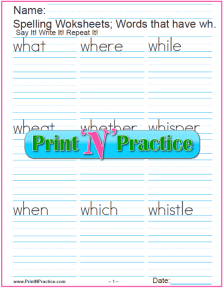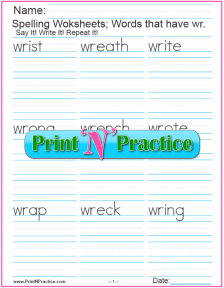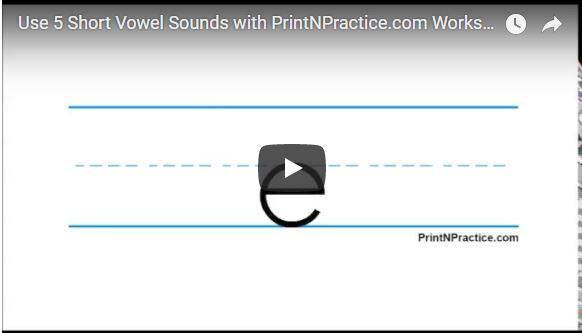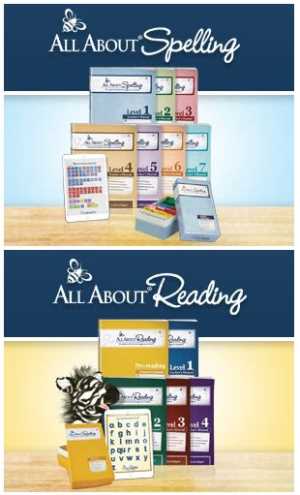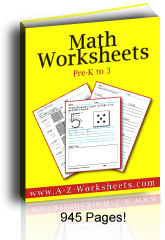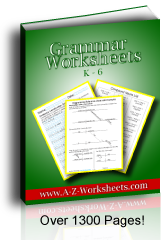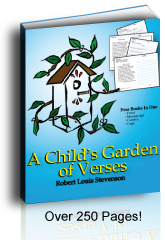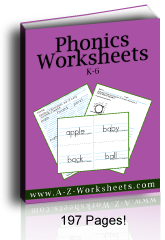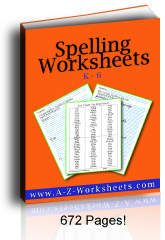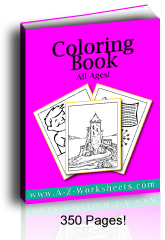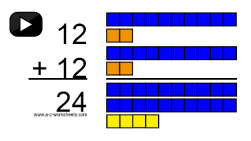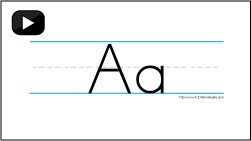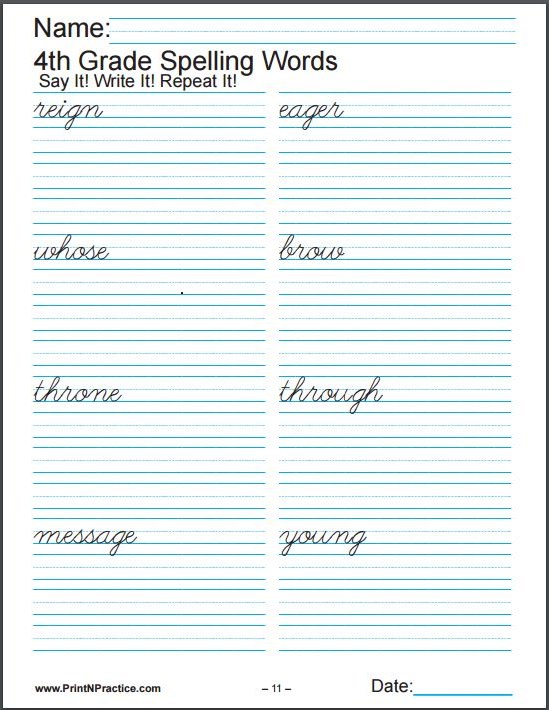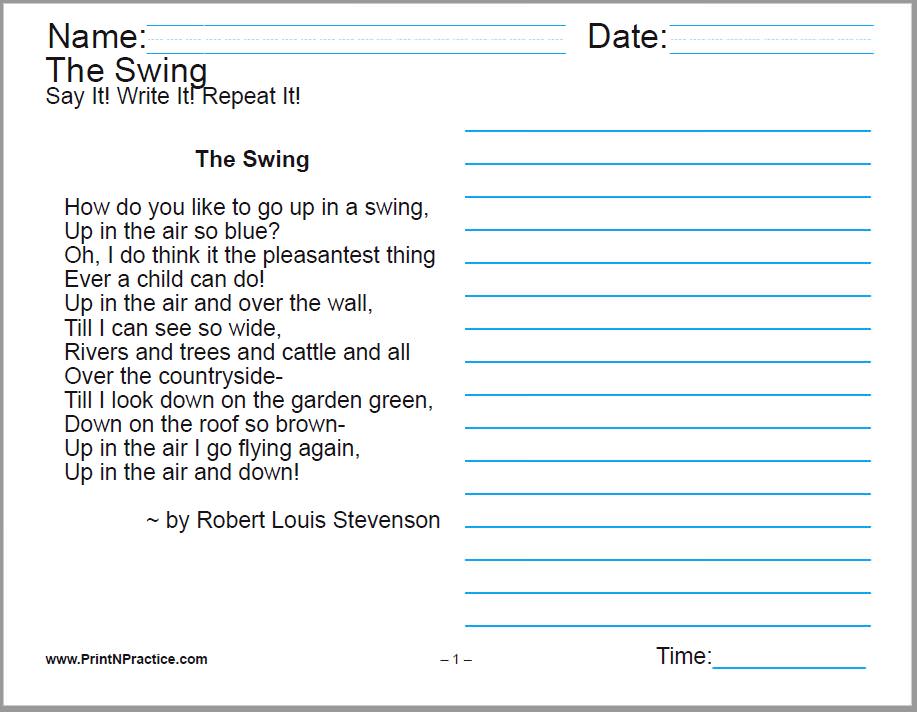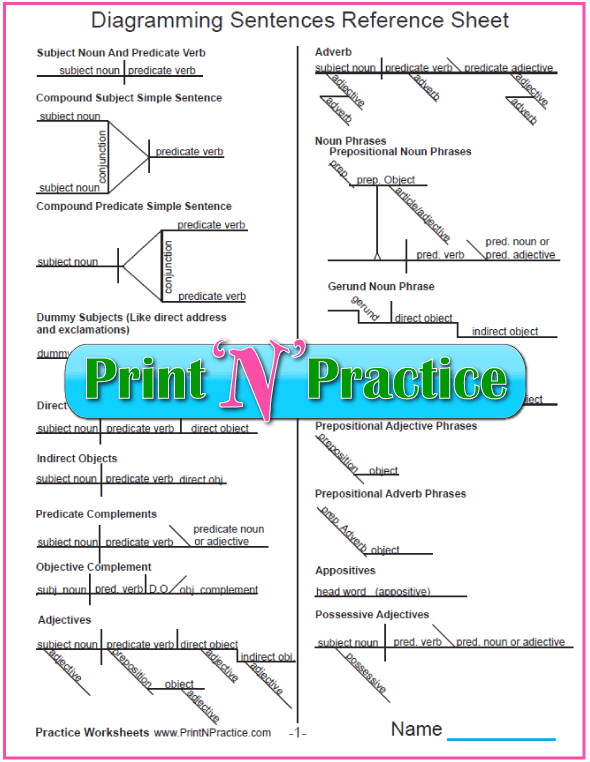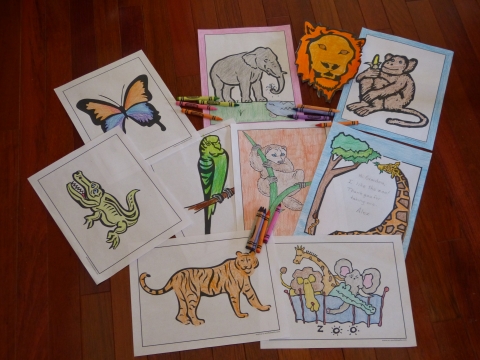- Home
- Phonics Worksheets and Videos
40+ Printable Phonics Worksheets
Help Your Kids Spell, Read, And Write The Phonics Sounds Using Frequent Practice
Practice Phonics Worksheets Make Your Job Easier
Using phonics worksheets can be an adventure.
Which sounds reveal the word?
If children are to read and write easily, they need the code; and they need to practice the code. Where will they find time if not in your class?
Use these phonics worksheets, videos, and flash cards to help your students practice the basics. The ch- worksheet in the image below is an example of the exercises that you will see below for 72 phonograms.
Below you will see our phonics videos and printable flash cards with our practice worksheets to teach and practice learning the phonics sounds.
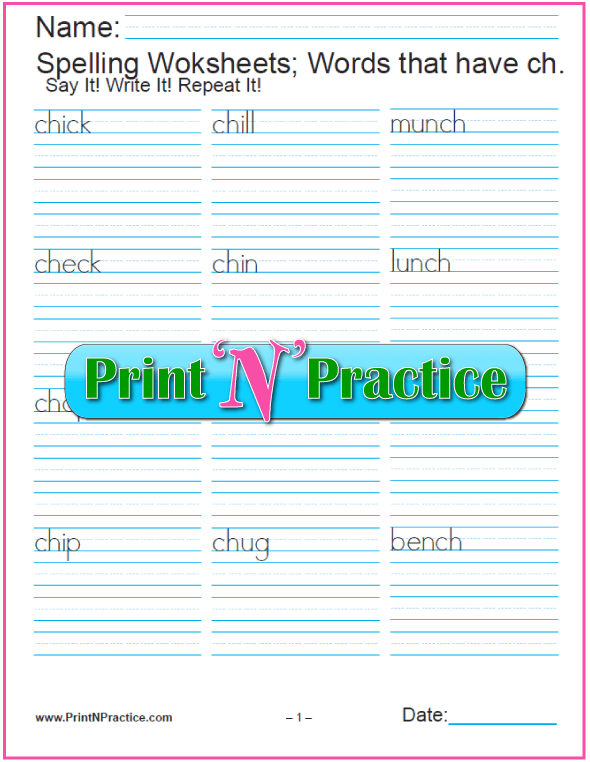 Printable Phonics Worksheets For Phonogram Practice. See below.
Printable Phonics Worksheets For Phonogram Practice. See below.Phonics Videos Bring The Sounds To Life, Always Showing The Right Card With The Right Sound.
- Phonics videos make it easy to get the right sound with the right letters.
Teaching Phonics To ESL Students
For our ESL and EFL friends, remember that most sounds, especially the consonants, will be the same as what you already know from your own language. You might say it with a different accent.
The vowels are where most of the differences are and they are where a trained phonics teacher or a video with the sound is said with the letters are a huge help.
Our worksheets, videos, and flash cards are great for EFL and ESL students. :-)
List Of Phonics Resources On This Page
- Basic Phonogram Worksheets: copy and practice phonograms
- 40+ PDF Advanced Printable Phonics Worksheets with Practice Phonics Words
- Phonics Videos with Phonogram Sounds
- Use Printable Phonics Worksheets with the sounds, Printable Phonics Flash Cards
- Romalda Spalding's Writing Road To Reading Orton Based Phonics
- Phonics Teacher Tribute - My Dad :-)
- Buy the bundle of Printable Phonics Reading Worksheets
Practice The Phonics Sounds While Writing The Words
There are children who can read by the time that they are five years old when they are taught using Orton phonics methods, combining saying the sounds as you write the letters.
If children will "say it" while they "write it", soon they will be able to "read it".
There are 44 printable worksheet downloads on this page that you can use with any phonics or alphabet system. If you're not using an Orton based system, you may want to use the phonogram videos that you can find at the bottom of this page.
If you're using a PC, you can see each worksheet before you download it, or print it from your screen (depending on your computer, browser, or device settings).
HINT: If you're a phonics tutor or an instructor for older students:
Older children often "catch on" and "catch up" within a few weeks, simply because they already know many of the sounds.
- Print the worksheets two up. This makes the font small and makes the work seem light.
Give Each Student A Personal Interactive File
These are all interactive worksheets which means your children can do their work on the computer to save ink and paper.
As per the note above, you can also save these phonics worksheets to a file for each child to practice while using a computer.
They love being able to choose their own colors and fonts while typing their practice work. After the work is done, you are still able to print it if you'd like.
I recommend paper and pencil; yet there are many times when computer files help: assisted services, paper supply is low, ink is running out, and storage is piling high.
The Main Phonics Worksheets On This Page
1. The first two phonics downloads on this page cover the 72 Orton phonograms which include the 26 alphabetical letters.
- If you say the sounds as your beginning students practice writing them, they will learn them better for writing and reading, and this will also help those who aren't able to write from dictation yet.
- Use these to help your older students practice saying the letter sounds as they write them.
Some of these downloads have 3 to 12 pages. Each student does not need to do all of the practice if they get the idea quickly. Use and reuse as needed.
2. Jump down to our worksheets with Phonics word practice below. We also have phonics videos below them.
Be encouraged to stay in touch! Join my free newsletter....
Join To Receive My Free PrintNPractice Newsletters!
Free Online Worksheets For School, Homework, And Homeschool Practice
Free Online Teacher Resources - Free Homeschool Curriculum
For teachers and parents: PrintNPractice free printable worksheets are all copyright-free, digital activities for students. Use them in homeschool, interactive notebooks for online classrooms, Google classroom, distance learning, tutoring and learning pods, and hybrid school.
- No prep.
- No tracking.
- Self learning.
- Copyright free.
- Lifetime license.
- Diverse learners.
- Easy drill-and-kill.
- Interactive worksheets.
- Printable morning work.
- Paperless morning work.
- Go printable or paperless.
- Stay on track. Summer review.
- Easy elementary school curriculum.
- Remote learning packets or homework.
- Most need no answer key or key is included.
- Videos for audio and visual learners. God bless headphones!
See free teacher and homeschool digital interactive school-at-home learning exercises with no login, no sign-up, no voucher, no account, and no credit card. Loads of digital activities for device-based learning. As seen at TeachersPayTeachers.
1. Basic Phonogram Worksheets: Phonics Practice
Phonics practice helps kids remember their work. The more they practice phonics the faster they will have writing and reading fluency. Review is key.
Move on, though.
Practice these sounds often at the beginning, yet every single word they read or write from now on will automatically offer practice. Generally, there's no need to beleaguer the point.
Each practice session should be quick, painless and rewarding: not prizes and treats; but, Aha! I get it. :-)
And often.
Practice the new phonic sounds at the beginning of the day, once before lunch, once after lunch and again before you're finished with the day.
Practice each sound three times each and circle back once or twice. Then leave it. Most children appreciate the short study, and most children learn well this way.
Small Font Line Spacing?
Why do these phonics worksheets have such small lines? Give it a try. You may not ever use the giant ruled lines for your students again.
A large rule in K-3 makes it so hard for kids to be able to write smaller in third or fourth grade. They find it extra hard to make capital letters taller than the the other letters in a word.
You'll find that it is so much easier for your kids to write smaller from the start and they can skip the transition grief in later years.
Alphabet Phonics Worksheet
Multiletter Phonograms Worksheet
- Very little children can trace and copy the top line while saying the sound with you.
- Find our trace and copy larger ruled printable Alphabet Worksheets and Phonics Flash Cards here.
- This copy exercise can be expanded to include handwriting practice if the children are learning to make their letters. Simply have them write the letters three times on the same line.
- For older children add words that use the sound to be copied.
- Bookmark this page on your phone to use the printer at school.
2. Printable Phonics Worksheets With Words To Practice
The first set of Phonics worksheets has 11 pages that teach the first sounds of each letter and the short vowel sounds and is great for Preschool and Kindergarten.
So many times, especially with older children, it is good to teach the sound and have them review by going to the board to think their way through the words and their sounds. Then the worksheets are an excellent review of what they have just learned.
The treasure here is that the words are already written so that there's not so much danger of misspelling when practicing the sounds or handwriting. Watch that they think to spell though. Thinking what the sounds say will make remembering them so much easier and faster.
The rest of these worksheets have 2 to 6 pages for practicing the different multi-letter phonograms. They are in alphabetical order so that you will find the worksheets you need easily. Use them with these videos depending on the level of your children.
Phonics Activities Beginner (The first 26 phonograms with video.)
2.A. Alphabetical List Of Free Phonics Worksheets: Two Sizes
New: I am uploading two manuscript line sizes of each of the worksheets so am giving them new webpages with more info and ideas with sample dictation sentences.
One size is great for little kids and the other is good for older children. If you want smaller sizes as for high school, print the large size using the two-up or 2 up printer setting.
The blue links are live links to the newest pages.
2.B. Suggestion: Copy The Phonics Words Three Times Each
Most of these downloads have space to practice each word three times each and cover:
- digraphs, which means two letters;
- and three worksheets are for trigraphs (dge, ear, and tch), meaning three letters.
- Find one quadgraph worksheet for ough.
Most of these pages will have phonics rules and dictation ideas, like sentences to go with each word or grammar hints. You can add these practice worksheets to your daily phonics lesson plans.
- Alphabet Phonics Worksheets - The first PDF bundle here has 11 pages for the first sounds of the 26 letters. The list has words that start with the letters in alphabetical order so you can review the consonant and short vowels as you teach the alphabet. Most of the words use the short vowel sounds as with short a, e, i, o, u. These are excellent first grade short vowel activities.
- ER Words - The next five have 2 to 6 pages of phonograms for the er, ir, ur words. Some also have er ending words, etc.
- Multi-Letter Phonograms - The rest of the phonics bundles are in alphabetical order.
2.C. Short Vowel Sounds and Er, Ir, Ur Words - First Grade Phonics Worksheets
2.D. Multi-Letter Phonograms And Long Vowel Phonics Worksheets In Alphabetical Order
These PDF multi-letter phonogram worksheets are in alphabetical order and include long vowel phonemes: ai and ay, ee, igh, oe, oa, oi and oy, or.
See also consonant digraph worksheets ch and th.
Use many of these as long vowel worksheets for teaching the long vowel phonemes.
- Hint: You really want to help your kids get a habit of saying the sounds as they write the letters. Early. Like from the beginning.
- Ask me how I know. :-)
You can print these individually online, or buy all these worksheets in one bundle to file offline. These printables each have one to six PDF worksheets and some have phonics rules and dictation sentences:
2.E. Second Grade Phonics Worksheets
2.F. CH Digraph Worksheets With CH Words For Activities
2.G. More Digraphs And Trigraphs Worksheets
2.H. What about EA, EI, IE, EY, EIGH, and OE Words?
The simple answer is that I have not made these worksheets yet.
A better answer is that I really believe in Romalda Spalding's method (Sanseri, Beers, et al) and think that children should think to spell these words. See more about these authors below
As soon as I can I'll get these up for practice though. :-)
2.I. Hard Consonant Words And Silent Consonant Words
A. Hard Consonant GH Words v. Silent Consonant GH Words
Words that start with gh: ghast, gherkin, ghetto, ghost.
GH words have fallen out of mainstream vocabulary as terms like Holy Ghost are not used as often as in days past.
Silent consonant gh worksheets: Remember to also teach phonograms augh, igh, and ough.
B. Consonant KN Words Or Silent K
Consonant kn words have a silent k. Children can lightly mark through the k to get the idea or underline both letters to show that they say one sound.
C. 2 Printable NG Phonics Worksheets
Often the two letters ng are a single phonogram, nk are two letters that retain their original sounds.
ED and ING endings or suffixes are guided by grammar rules for past and continuous tense verbs.
2.J. Phonics Words With O Digraphs And Quadgraphs Using Long Vowel O And Other Sounds
There are several ways that another vowel or a consonant change the O sound when they are together.
2.K. More Digraph And Trigraph Like TCH Worksheets
3. Phonics VIDEOS With Phonogram Sounds
3.A. Use Phonics Videos To Learn The Sounds With The Letters
The thing with phonics videos is that you can hear the sounds with the correct letters. There's no dropping the cards, forgetting the right sound, or inadvertently teaching the wrong sound.
3.B. List Of Phonics Videos: Beginner To Advanced
- Phonics Activities Beginner - The first 26 phonograms with video.
- Long & Short Vowel Videos - Two phonics videos with practice worksheets: Practice the basic long and short vowel sounds.
- Phonics Rules & Video - List of English phonics rules.
- Advanced Phonics Lessons - All 72 phonograms and graphemes.
3.C. ESL Phonics Videos
If you have ESL students, you'll love our long and short vowel videos. The long and short vowels are where our English vowels differ compared to the vowel sounds in other languages.
Simply teach that most of their first language words use the long sounds and most English words (67%) use short vowel sounds.
Plain, clear, and repeatable.
This being said, we all know that it can also be hard to find the time necessary to be able to dictate the repeat practice and drill that is necessary for mastery of phonic sounds, so assign these videos for practice.
Videos are handy for easy audio-visual reinforcement. If your students will copy the letters they see and hear in the video, and say the sound as they write the letters, they will learn them more easily.
On these phonics videos the flash cards have the phonic sounds together with the right letters. No more saying the wrong sound with the right card! This is SO important.
Also, the cards will always be right-side up. :-)
The video repeats as often as you need and can be used from your phone or tablet, yet remember not to overload. These are super short videos, so once or twice on the vowels is often enough, especially if you will repeat two or three times per day. Bookmark these pages for the level that you are using.
3.D. ESL Phonics Self Study
If you have ESL students who need video instruction, you will love Barbara Beers' Phonics Road video instructions.
Perhaps English is your second language? Barbara's videos are perfect. I now have several ESL friends who are grateful to have found the Phonics Road.
4. Use Printable Phonics Worksheets With The Sounds: Say it. Write it. Repeat it.
4.A. Phonics Practice: Review, Review, Review

Most of our worksheets have two to four pages for extended and varied practice, so this can be way too much for little children. Assign only one page in the beginning.
Also, it's important to help them have the habit of saying the sounds as they write the words. Some kids simply need you to do it with them and that's often the quickest most efficient way for them to learn. Give them your time. It may save you time. Both of you. :-)
Be encouraged to teach phonics at any stage of learning to read or write. When there's a reading or spelling fault, remind them of the correct phonics sound, and review the rule or the correct sounds briefly. Then move on. Keep it light
Explicit instruction of isolated phonemes or phonograms - teaching the alphabet sounds - offers kids a measure of certitude and phenomenal tools for future writing and reading success. If the review is quick and sweet, they learn the phonics lessons more easily and your children won't chafe at repeating the review later.
Once you teach the basic phonics sounds; any spelling, vocabulary, writing, or reading comprehension worksheet becomes practice phonics worksheets as well. Practice writing the letters and words is one of the main benefits of these phonics blend worksheets.
4.B. Printable Phonics Flashcards
Use our printable phonics flashcards for teaching the Phonics sounds. These have all three lines printed (top line, mid-point, and base line) so your children can see where letters of the alphabet sit.
So many times kids do not know where the descenders descend below the base line as with the g, j, and p on the phonogram cards if there are no lines. Hopefully using the lines is helpful to you, it is a huge help to my students.
Try putting the lines on the board to see if your students understand the base line idea better. Mine did.
These free printable phonics flashcards match the phonics videos above and are great phonics activities for first grade and one on one tutoring. Print one side of these phonogram cards to use with your own word clues, or print them double sided to see the phonemic hints that I have added.
The following bundles have wonderful lists for phonics (and cursive and manuscript penmanship), grade level spelling, and lovely poetry. All of the worksheets on this page are included in the Phonics Worksheets bundle with a bonus section of our cursive writing worksheets.
5. Romalda Spalding's Writing Road To Reading
5.A. How To Teach Phonics With Orton Methods
I think you'll like the Phonics lessons related to Dr. Orton's methods best. They're the ones that use dictation like Spalding, Schola Publications, Riggs, Dettmer, etc.
After teaching and reviewing the sounds, if you'll dictate the sounds to your students, they'll be able to write and read more naturally.
Teaching children to become familiar with the the phonics sounds and the phonics rules is the best method to explicitly teach the alphabet to any student, young or old, who wishes to read and write well and to retain those skills.
Check Romalda Spalding's The Writing Road To Reading. She learned from Dr. Orton himself and emphasized that frequent quick review is important.
In the beginning I spent a over a year teaching phonics without realizing how much the kids needed quick and frequent review. Now that I do more review, my results as a teacher are WAY better. Easy review is the main reason why I offer our practice worksheets. A good idea is to keep the current phonics cards on your desk for quick reviews.
5.B. Orton Phonics Books That Use Phonics Worksheets Or Workbooks
⭐ Barbara Beers' Phonics Road With Videos
After reading Mrs. Spalding's book I also learned a great deal from Mrs. Barbara Beers' Phonics Road videos. They're next best to having a real teacher to help you. She is a certified Spalding instructor.
I know a girl who was taught for kindergarten with the first level of her program in about 9 months who knew her phonics letter blends and tested at a second grade level. It is amazing how well children can learn and how quickly.
I once had an ESL Spanish speaking neighbor who used these DVDs as a way to learn to speak and spell English better.
She'd asked for help so in helping her I realized that I wound up doing what Mrs. Beers does in her videos. We were both so glad that she could use the online streaming at home.
Read more about Mrs. Beers' Phonics Road here.
⭐ Wanda Sanseri's Spell To Write and Read
I've been very happy to have used Wanda Sanseri's Spell To Write and Read. Her pre-formed notebooks are a huge savings in classroom time and in children's understanding of what they're doing.
Her entire program is very cost effective and is made so that you are able to learn the system as you work. All you need to do is stay one page ahead of the students.
⭐ All About Spelling by Marie Rippel
If you're interested in a level by level or graded approach you would want to look at All About Spelling by Marie Rippel. Deanna Caswell from Little Schoolhouse in the Suburbs gives an excellent comparison between AAS and WRTR here. Learn more about AAS here.
5.C. What Are Dipthongs and Digraphs?
Di means two in Greek. Graph means write or letter. A digraph indicates, or stands for, a two letter sound. So, how many letters are in a digraph?
- A digraph is two letters representing one sound.
- A dipthong is the sound of the two letters.
Easy. It's just a naming system.
And guess what? There are trigraphs (dge, igh, tch);and quadgraphs (augh, eigh, and ough). Trigraphs have three letters and quad graphs have four letters.
5.D. What's The Difference Between Digraphs And Blends?
Digraphs are two letters for one sound:
- ch, sh, th, ai, ay, ee, etc.
Blends are several letters that each keep their sounds slurred together.
- bl, cl, dr, etc.
The difference between digraphs and blends is that blends retain the sounds of the individual letters. The individual letters retain their sounds, yet you say them slurred together. If a child says the single sounds quickly, they hear the blend better. Blends are not phonograms or digraphs.
The same applies to trigraph letters as digraphs. You can still hear the letter sounds.
Trigraphs are three letters for one sound:
- dge, tch, igh, etc.
Three letter blends are an artificial construct. Do not spend time on them.
This is what makes the Orton phonics lessons so useful. Once your kids understand the letter sounds, they can squish them together to make blends. This makes blends fun to learn! And there's not so much to teach or learn after you know the letter sounds and recognize real phonograms. Me? I wouldn't bother teaching blends if the students recognize the individual sounds need to be said together. :-)
5.E. Phonemes And Graphemes
Okay. If you ask me, we're splitting hairs by the time we get to this point, but it's good to know the terms.
What's the difference between phonemes and graphemes?
You hear the first and write or see the second.
- Phonemes are the sounds.
- Graphemes are the written or spelled letters.
* Define Phoneme
Phoneme Definition: A phoneme is an isolated sound in a word.
Phonemic awareness simply means whether a student can discern the different sounds in a word.
Discerning the sounds of phonemes is easier when students live with people who pronounce their words well and is a huge boost in being able to spell well.
When you're teaching the phonograms, you'll want to say the words the way you're teaching them. Most children do not need to know the definition of a phoneme.
* Define Grapheme
Grapheme Definition: A grapheme is the written letters heard in a phoneme.
Graph and gram mean to write.
These are also called phonograms, meaning the symbols of the sounds as they are written.
If a student knows the letters used in a grapheme when he or she hears phonemes, it is the beginning of being able to spell well. Again, children do not need to know the definition of graphemes.
6. Phonics Super Teacher Tribute
I have dedicated these free Phonics worksheets and our other Phonics activities to the memory of my Dad who was a super teacher and had spent time learning Phonics in Phoenix at 70 years young and then came home to teach his grandchildren.
In the last few years before his death, he taught the children of over 60 families the sounds of the phonograms - for free!
Everyone was welcome: Moms, Dads, babies, toddlers, and - of course - students! My Mom would have done the same except she had already passed away. Perhaps this is what freed Dad to work so energetically?
Most importantly he helped the children practice the phonics consonant blends and phonograms.
Even slower students who know the Phonics rules and who become handy with the Phonics sounds begin to advance quickly as soon as reading makes sense to them. Once any student has the basic reading skills he is free to read, and thereby, to learn almost anything!
After you learn to read, you read to learn. :-)
Most students still need phonics lessons and review throughout the early childhood learning and elementary education years so as to learn how the phonics rules apply to bigger words.
I dedicate these phonics activities to the memory of, my Dad, who was a super teacher, and to serving as many children as I can in his memory.
7. PrintNPractice Phonics Practice For Reading And Writing
Alphabet Worksheets - Tracing and copying.
Alphabet Flash Cards - Video names the 26 letters of the alphabet and shows both capitals and lower case letters. Use the first 26 cards in the phonics flashcards below for printable alphabet flash cards.
Short Vowel Sounds - Video of short vowels and printable short vowel worksheets.
Long Vowel Sounds - Video of long vowel sounds.
Phonics Activities - Phonics beginners start here.
Phonics Rules - Learn and teach the rules for using the 72 phonograms in English phonics. They are super helpful through the school day.
Advanced Phonics Lessons - 72 Phonograms video, awesome for older students, adult learners, and ESL.
Printable Phonics Flashcards - Double sided with ruled lines and clues on back. Print single sided or double sided.
Cursive Alphabet And Phonics Worksheets - Print cursive worksheets for kids to practice the alphabet sounds and handwriting. These are included in the Phonics Worksheets bundle.
Buy Our Phonics Worksheets In Bundles: Phonics, Spelling, And Reading
Buy the bundle of our online phonics worksheets in one digital download for ad-free access to phonics practice for your elementary school students at school or at home.
BONUS: It includes our cursive writing worksheets.
Homeschool worksheets for spelling practice and Robert Louis Stevenson's poetry handwriting worksheets make great ESL printable worksheets. Enjoy!
More Phonics Worksheets, Videos, and Books
Buy PDF Kids Printable Worksheets Organized By Topic In Complete Digital Bundles Or Learn More Below.

Mary Fifer, BSBA is webmaster, author, and researcher at PrintNPractice.com. She has created elementary school practice exercises using printable or digital interactive worksheets. Perfect for today's teachers, tutors, homeschoolers, and students!
Thank you for visiting and for sharing. :-)
Be encouraged to stay in touch! Join my free newsletter....
